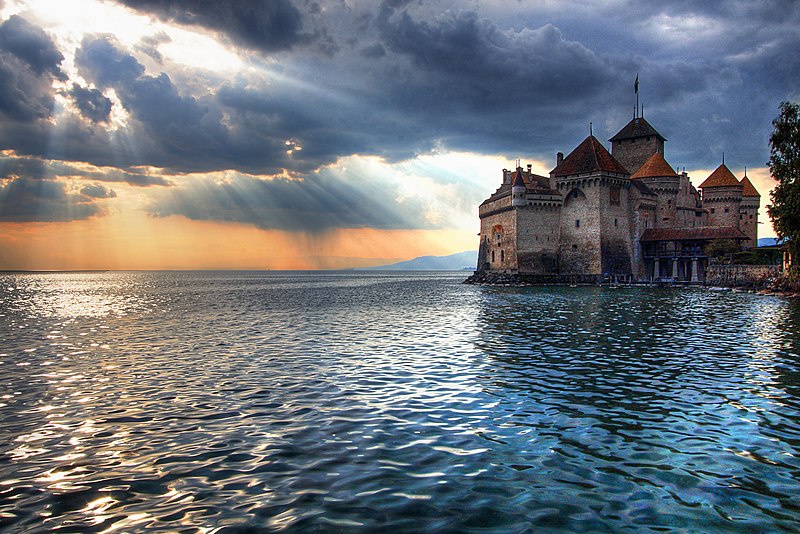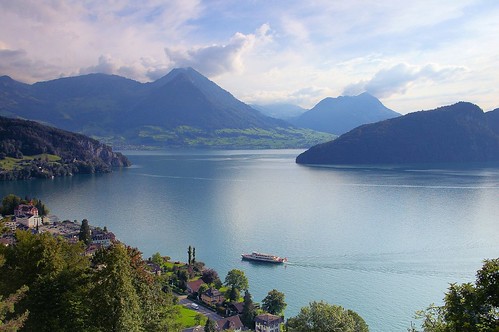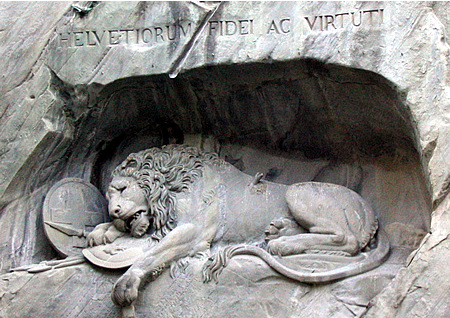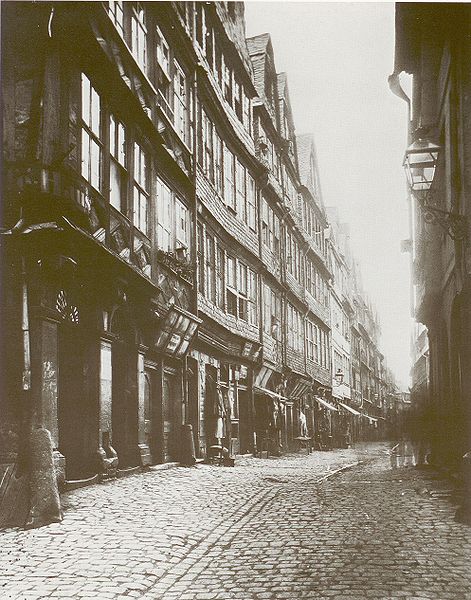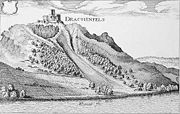
Hotel de Ville ~ I began today’s labors by visiting the post office and found there a letter for Alice. The first she has had since leaving home. Of course, she is perfectly enchanted and has been clapping her hands and jumping about like a child with a new toy. I bought a hat this morning and the girls looked for bonnets. After this important business ended, we walked to the other end of the city following the lead of our friend Mr. Murray to see the celebrated painting in frescoe of Leonardo da Vinci “the last supper.” It is on the wall of the refectory of the Jesuit college Santa Maria delle Grazie, a tumble down old building of brick now used as a military barrack. The refectory itself is quite a large room, somewhat longer than it is broad and paved with brick. The painting occupies all one end of it, and is dropping off every year. Traces of the great master are still to be seen in its fading design and general conception, more than in any particular part. It has been repainted and thus greatly damaged several times and it is said that the faces of the Saviour and of Judas are the only ones which are at all perfect (whose expression has not been entirely changed by the repainting). The apostles are placed around a long table, and the scene is drawn at the moment when the servant Peter demands of his Lord “is it I?” Our Lord’s expression is most saintlike and is clothed with an almost unearthly spirituality and dignity. The faces of the group show their interest in the answer expected, and their innocence. The features of Judas are thrown a little in the shade, the better to produce a fiendish expression in which evil passions and cowardice are blended. His face alone does not ask “is it I” but retired from the light. The monks have cut a door through the lower part of the painting, thus taking off all the lower part of our Lord’s person. It’s study gave me a new idea of the effects attainable in painting. As we passed out, soldiers were practicing gymnastic exercises in front of their quarters. They had a rope suspended from the roof to the sidewalk, and were coming down on it head downwards, sitting on each other’s shoulders etc. These operations were superintended by an officer in uniform and apparently on duty. We then walked over to the castle where fifteen hundred or two thousand men were on parade, marching over the great square in front.
Just at the end of this ground is the “Arco della Pace,” a very beautiful triumphal arch, modern, surmounted by bronze statues, chariot and horses and a group of figures about it. We dined at six, just after the table d’hote, and Lizzie was much incommoded by being stared at by an Englishman, who was lingering over his coffee.



